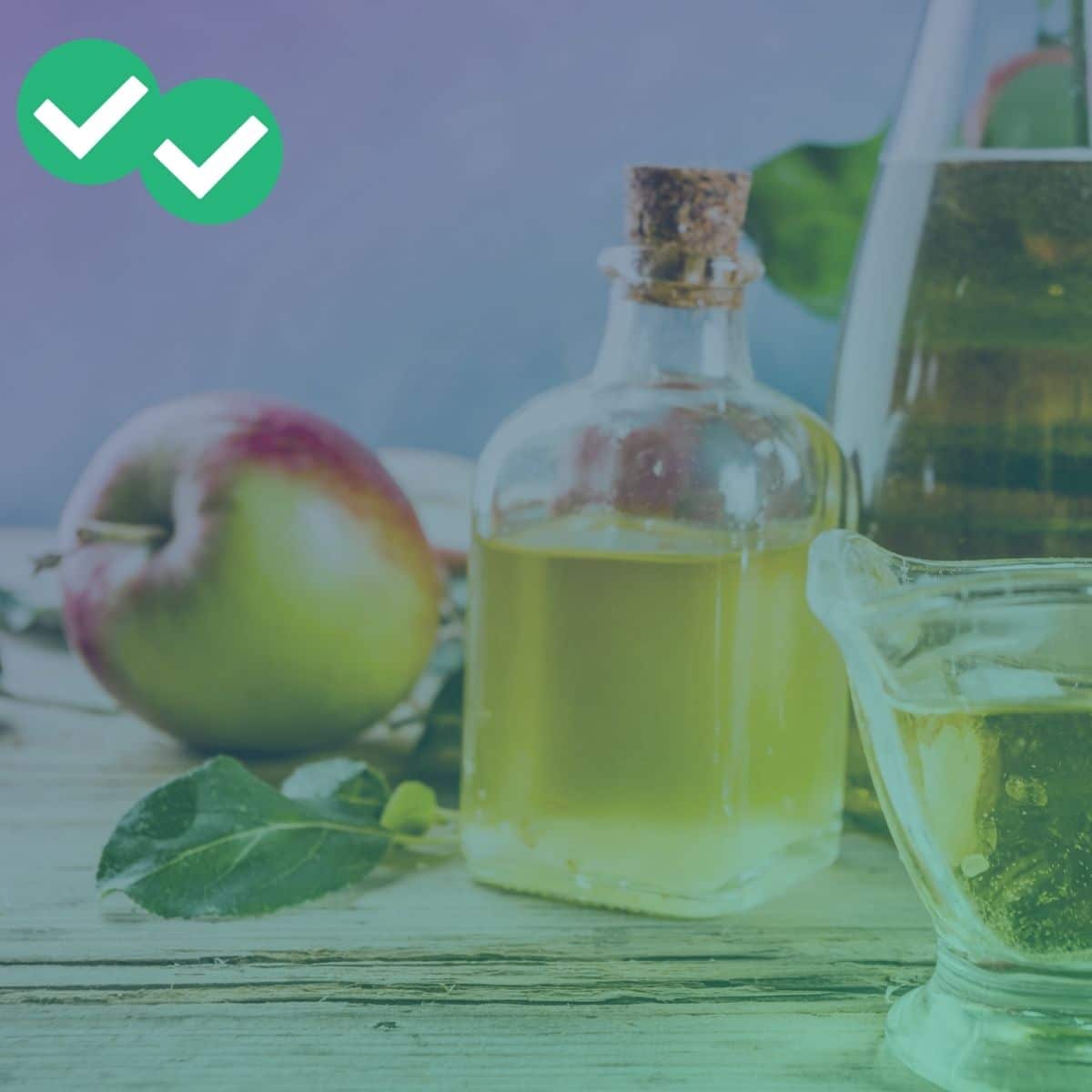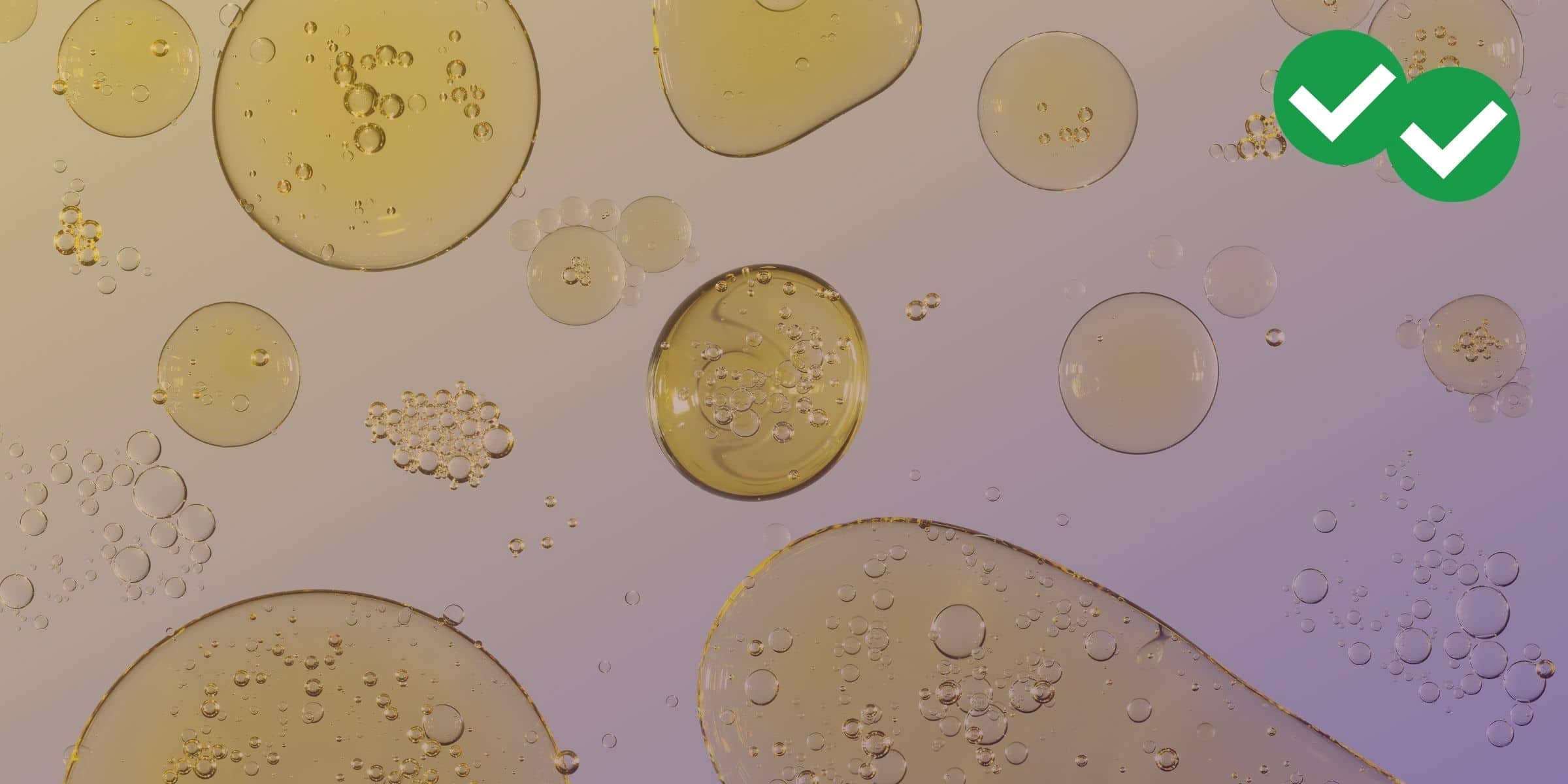
How can you best prepare for MCAT lipids and MCAT biomolecules questions on the Bio/Biochem section of the test? Check out our brief but comprehensive overview of lipids below, including lipid functions, structures, and more. You can also learn more about MCAT bio and biochem topics as well as the most commonly tested MCAT topics.
For a downloadable PDF version of this content, as well as other great MCAT study resources, click the link below!
MCAT Lipids: A Brief Intro
First and foremost, you’ll need to know that the primary functions of lipids are:
- Energy storage
- Membrane structure
- Signaling
You’ll also need to know that monomers = glycerol and fatty acid (FA).
-
Key point: glycerol and FAs are linked by an ester bond
Naming convention: (# of Carbons : # of double bonds)
Fatty Acid Structure
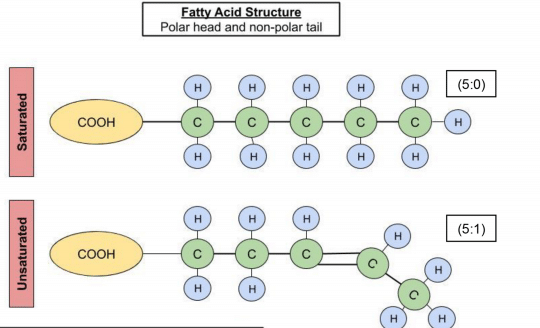
Note: FAs can be monounsaturated or polyunsaturated depending on the number of double bonds.
This diagram is also helpful for understanding MCAT biomolecules:
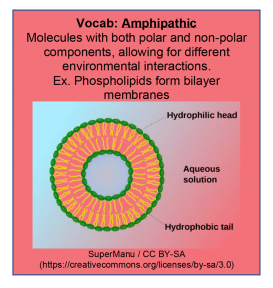
Impact of Fatty Acid Structure on Physical Properties
| Melting Point | Structure at Room Temperature | |
|---|---|---|
| Long Chain (more carbon) | Higher | Solid |
| Short chain (fewer carbon) | Lower | Liquid |
| Saturated | Higher | Solid |
| Unsaturated | Lower | Liquid |
Summary of Biologically Important Lipids
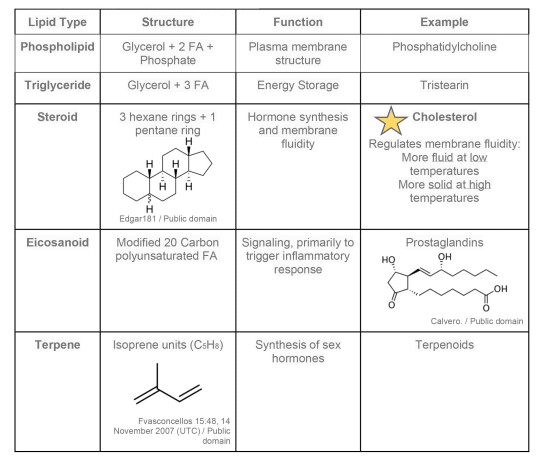
MCAT Lipids: A Final Word
When studying for the Biological and Biochemical Foundations of Living Systems section of the MCAT, it’s important to study the interrelatedness of of systems and concepts. When it comes to lipids and biomolecules, you’ll want to focus on their functions and structures and how these play a role in larger organ systems and bodily functions.
If you’d love more MCAT practice, check out Magoosh’s MCAT prep, including 380 lessons, 745+ practice questions, personalized email assistance, and much more!
Happy studying and good luck!




